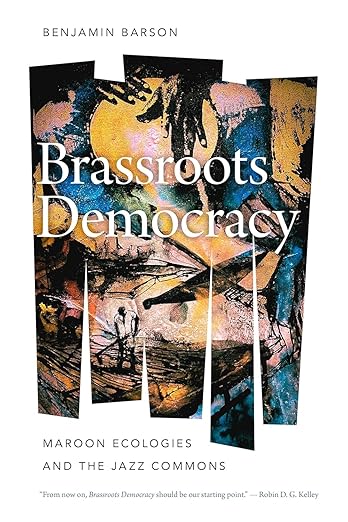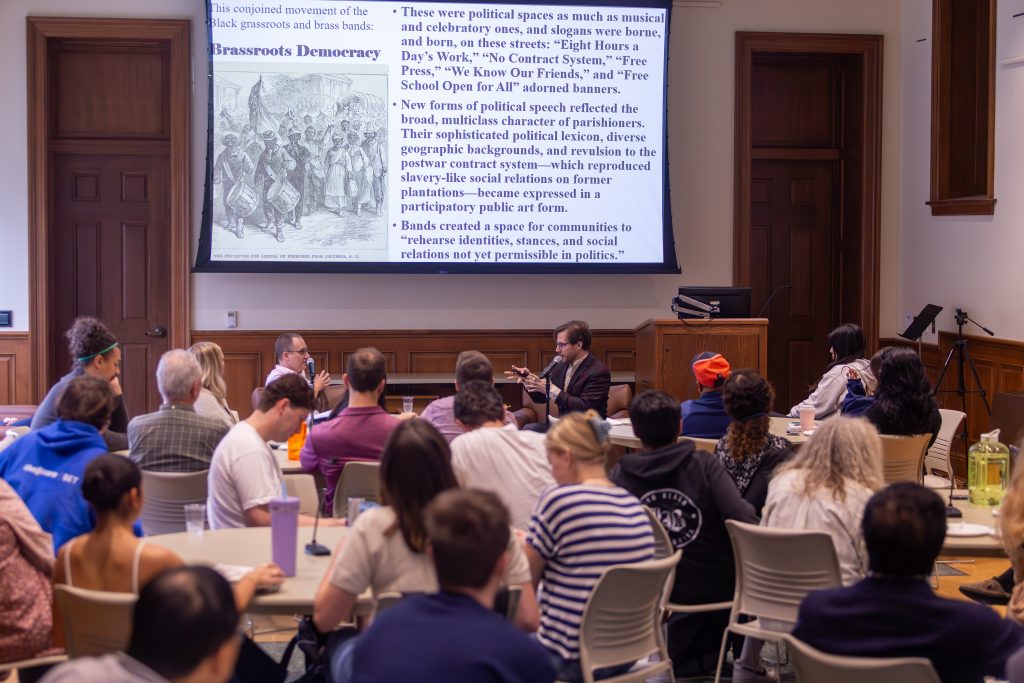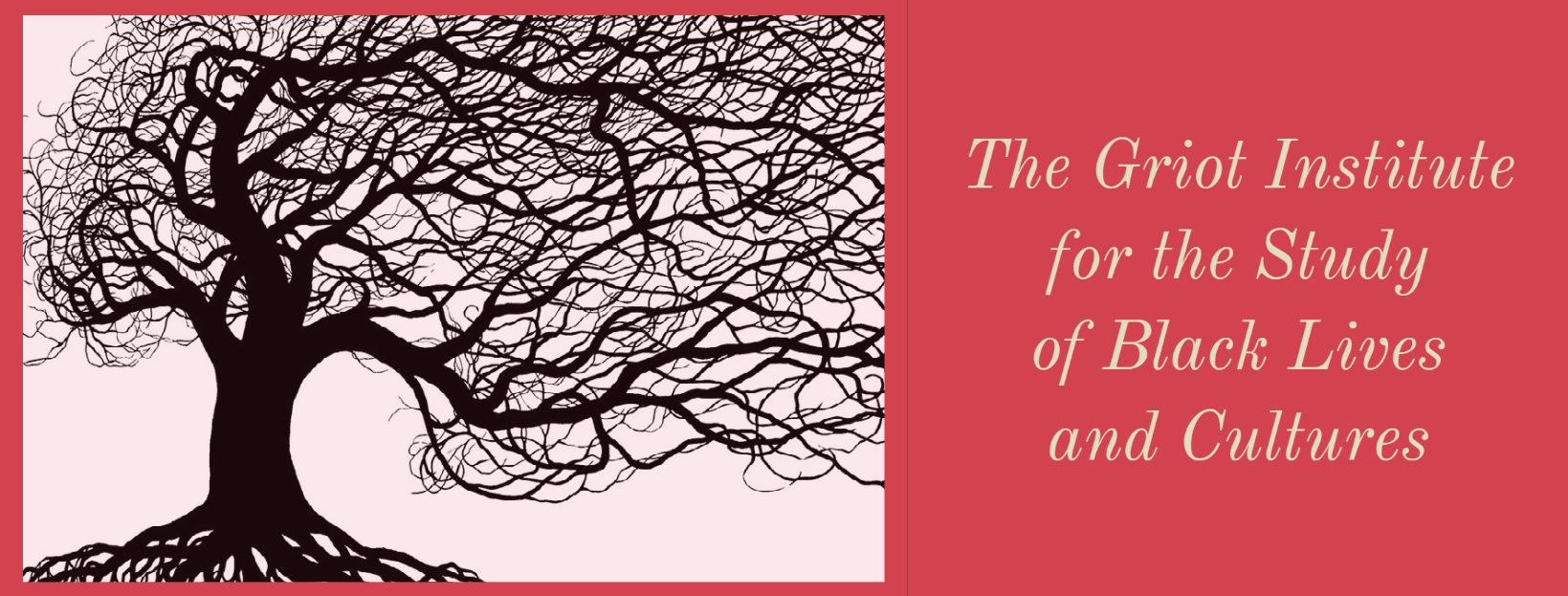
Fresh to the grounds of our sweet bubble in Lewisburg, Benjamin Barson is quickly making a name for himself amongst Bucknell’s campus. Having joined Bucknell as an Assistant Professor of Music and Affiliated Faculty in Latin American Studies in August, Ben comes from a background of composing music, studying history and musicology. Aside from his youthful charm and quirky charisma, Ben is also a pristine scholar who received his PhD in Music from the University of Pittsburgh and recently completed a Mellon Postdoctoral Fellowship at Cornell University. His trek across the ivory of the ivies didn’t stop at Cornell; Ben was also awarded a Fulbright Garcia-Robles postdoctoral fellowship at the Universidad Autónoma de Baja California in Mexicali, Mexico. As a scholar of 19th-century African American jazz music, his work is centered primarily on the history of New Orleans, Haiti, Mexico, and the Southern U.S and how this impacts the profound ways African American musicians shape social movements to free both their land and people.
Honored by the Griot Institute, on Wednesday, November 6th, Ben was joined by faculty, peers, and students to celebrate the launch of his new book Brassroots Democracy: Maroon Ecologies and the Jazz Commons. Brassroots Democracy takes readers on a journey throughout time stopping along the bayou’s of New Orleans for the brass bands, even pit-stopping along the other states of the South, then Mexico for a quick dip in the La Bamba, and finally, off we sail to Haiti. Across this journey Ben shows how the music created by African American musicians was deeply intertwined with mass mobilizations during Reconstruction and the decades that followed. Bucknell Professor of English, English Department Chair, and Literary Studies Director Rafe Dalleo, fostered this conversation and monitored the Q&A session that followed.
Ben’s presentation began with defining what ‘brass roots’ means. Brass roots is a form of neologism that expresses the synthesis of Reconstruction’s Black-led grassroots movements and community brass bands. With this understanding, we are then taken to Haiti and dissect the Haitian Revolution. During this movement, parades were used to celebrate and protest issues of racial injustice. The music of the Haitian Revolution inspired music in the Caribbean in 1801-1816, which then influenced music in New Orleans. Music quickly became a popular way to retell the stories of the Haitian Revolution, Mexico’s abolition of slavery, and the Underground Railroad. This shift towards making art political, instilled a sense of Black Pride among the revolutionaries as Brass bands and music began to be used as a means of exercising democracy. These bands created a space for communities to “rehearse identities, stances, and social relations not yet permissible in politics.”

Among the many political dialogues happening at these parades, the sayings; “Free school open for all,” “Eight Hours a Days work,” “Free Press,” and “No Contract System” were the most resonant with the attendees. Amplifying political speech through the celebration of music and Black joy reflected the broad, multiclass character of parishioners amongst a time where sophisticated lexicon, diverse geographic backgrounds, and revulsion to postwar contract systems reproduced slavery-like systems. Outside of the Caribbean and Africa, the Black Arts Movement of the 1960’s had emerged in America. African Americans were using forms of literature, poetry, music, and visual arts to protest the racism they endured and fight the institutional hindrances to their sociopolitical progression. The implementation of the African American newspaper, the New Orleans Tribune, commemorated the breaking of Black silence and emphasizing joy in revolution.
I especially liked the modern day connection Ben made with the reclaiming of the Black body in community spaces such as Barber shops. Barber shops were seen as a place of community for the Black community because of their history as revolutionary schools for Black youth who were taught to write and shave at the same time. Mass movements such as the Black Arts Movement of the 1960’s can be seen as an incarnation of Barbershop spaces. Figure heads like John Coltrane were seen as a ‘breakthrough’ for the culture because of his music extending a spiritual and psychological connection to listeners. Connecting back to the Haitian Revolution, music was a means of fleeing slavery and salvaging some sense of ‘freedom’ for enslaved people. By dawning the occupation of a musician, many enslaved people deliberately resisted capture.

Lastly, I will leave my dear readers with some parting words from Ben Barson himself, who gave me an exclusive quote for this blog because he knows I’m awesome and cool: “Thank you so much for coming to this event, I’m hoping that this book captures the freedom and dreams of the music. I also hope it gives the communities I’ve had the honor to be a part of more inspiration for a just, equitable, and anti-oppressive society”.
Stay tuned for more blogs on cool events such as this! Make sure to follow our Faceback and Instagram pages @bucknellgriotinstitute for more exclusive coverage of what’s happening at Bucknell.
Ben Barson’s book, Brassroots Democracy: Maroon Ecologies and the Jazz Commons, is available for sale on his website, the Wesleyan Press, and Amazon.
—Athaliah Elvis ’26
